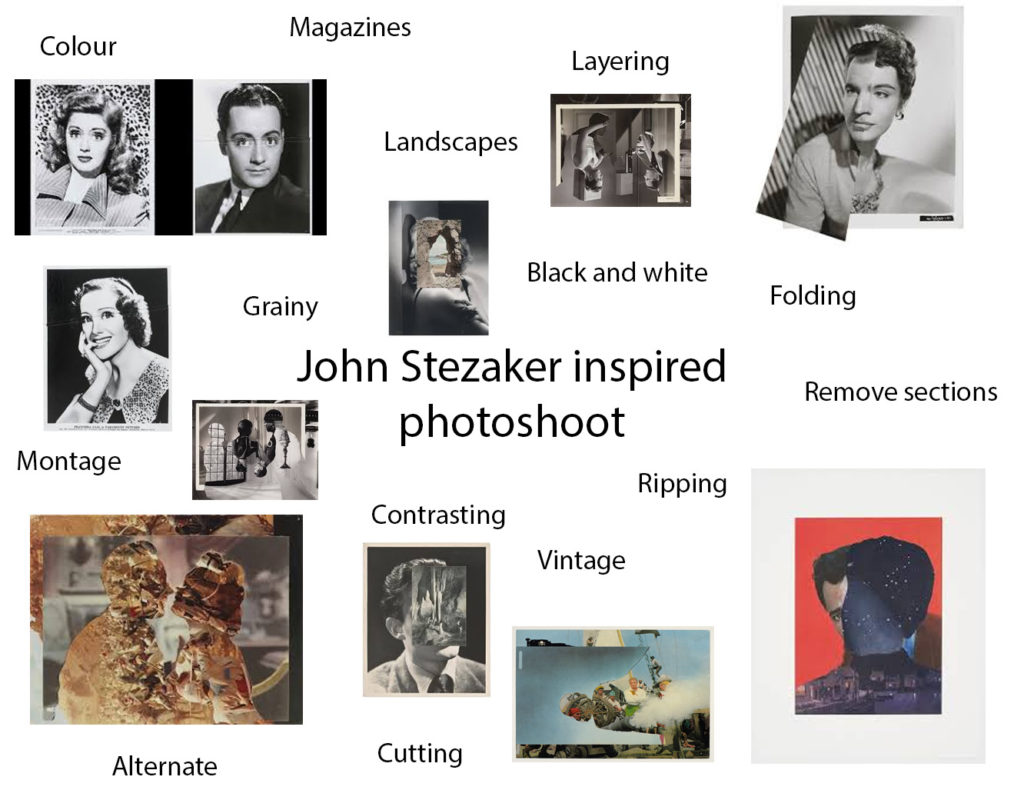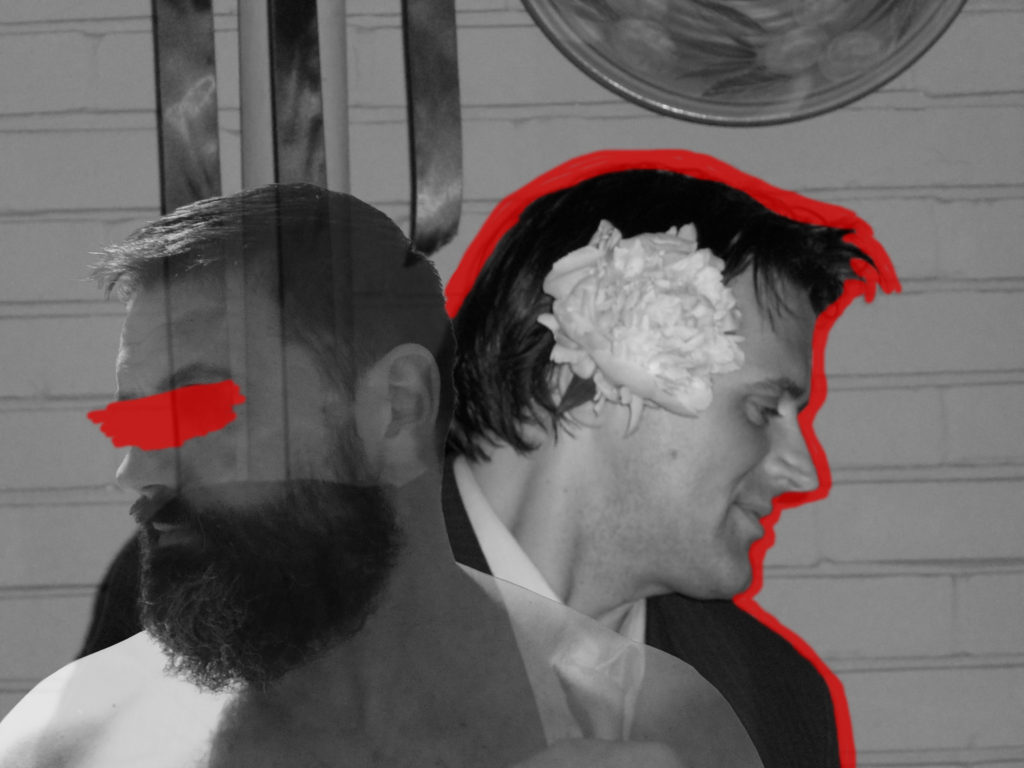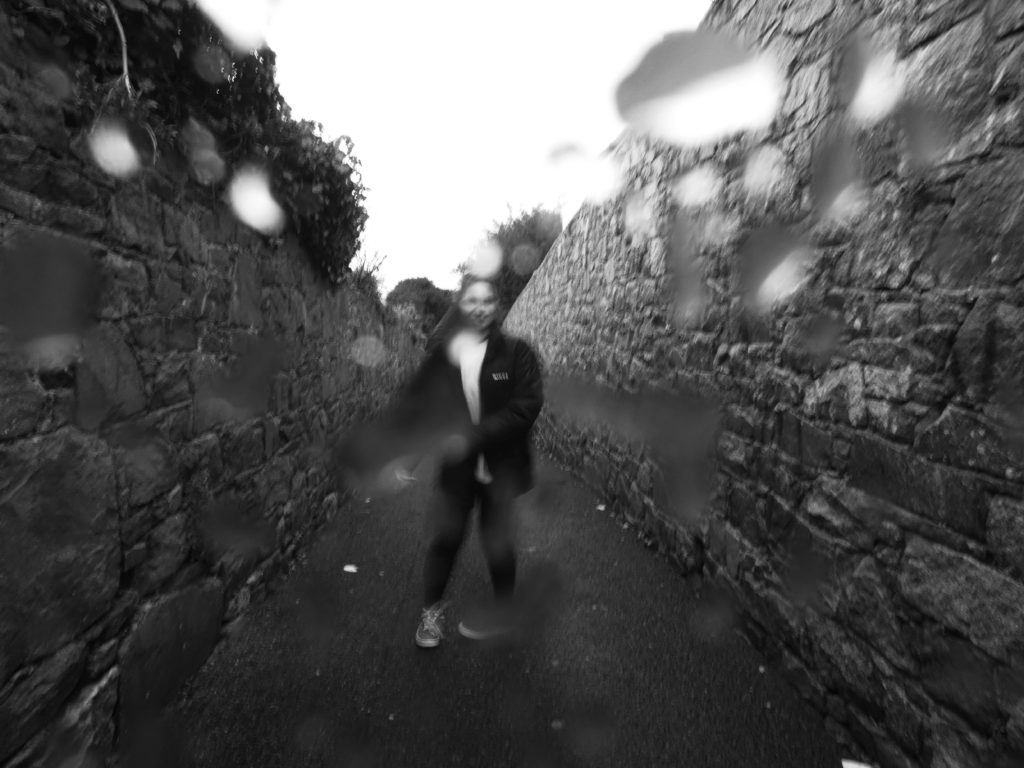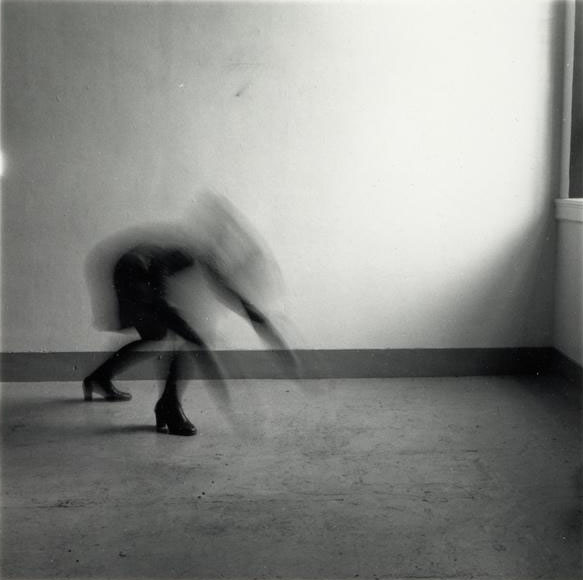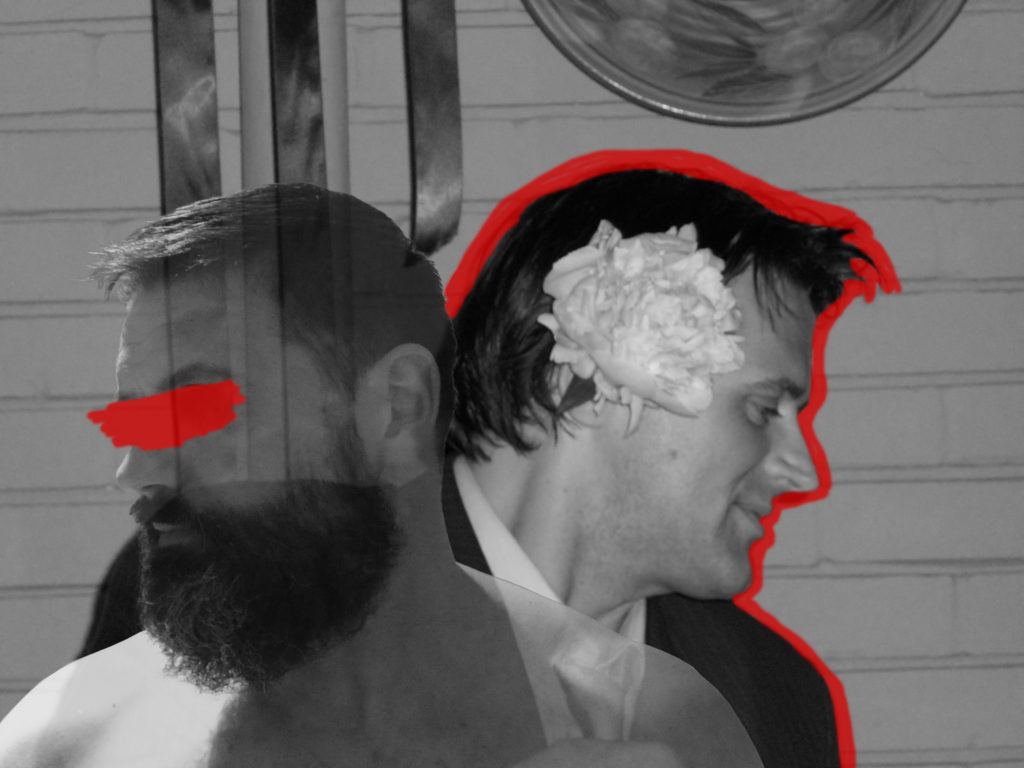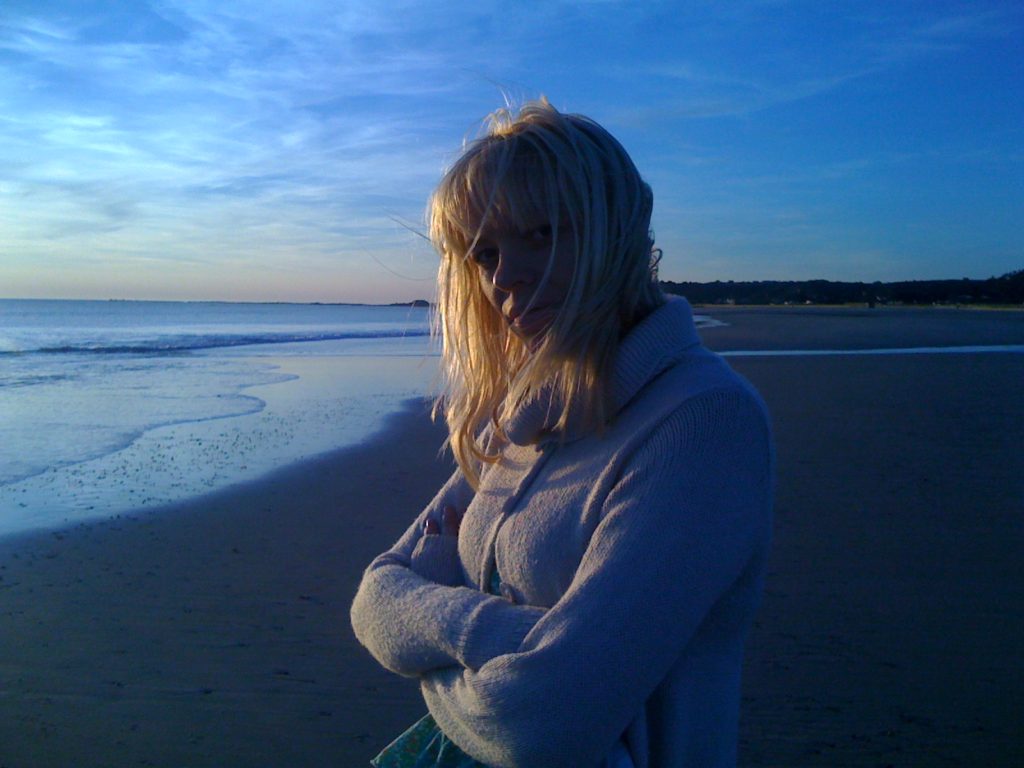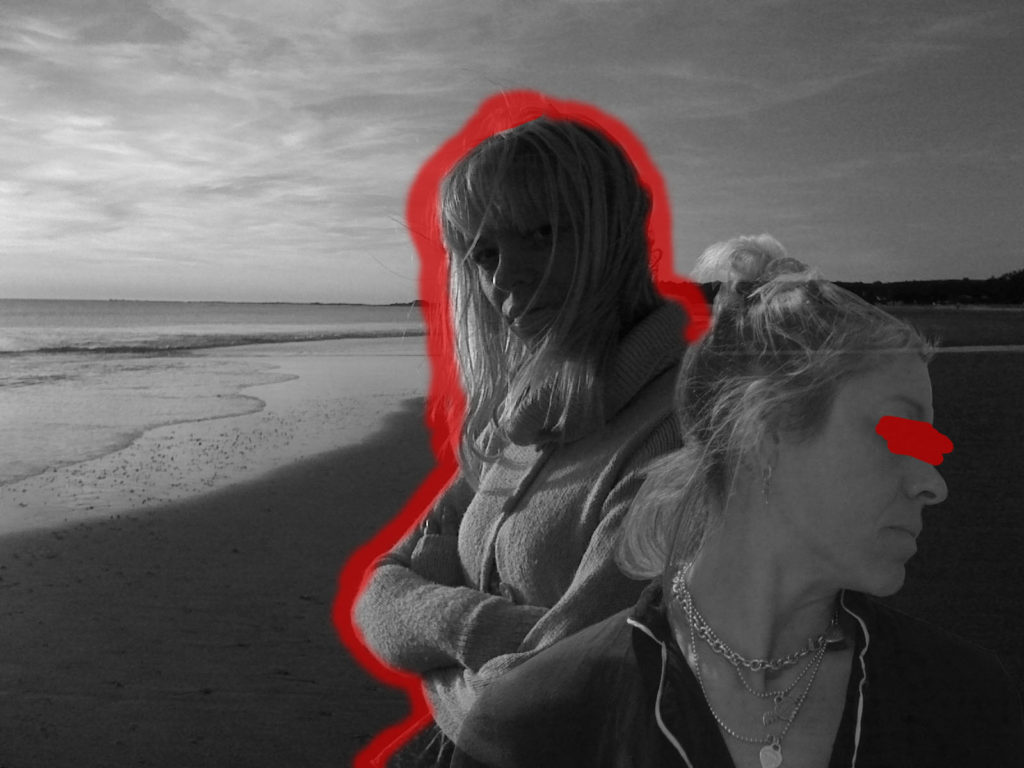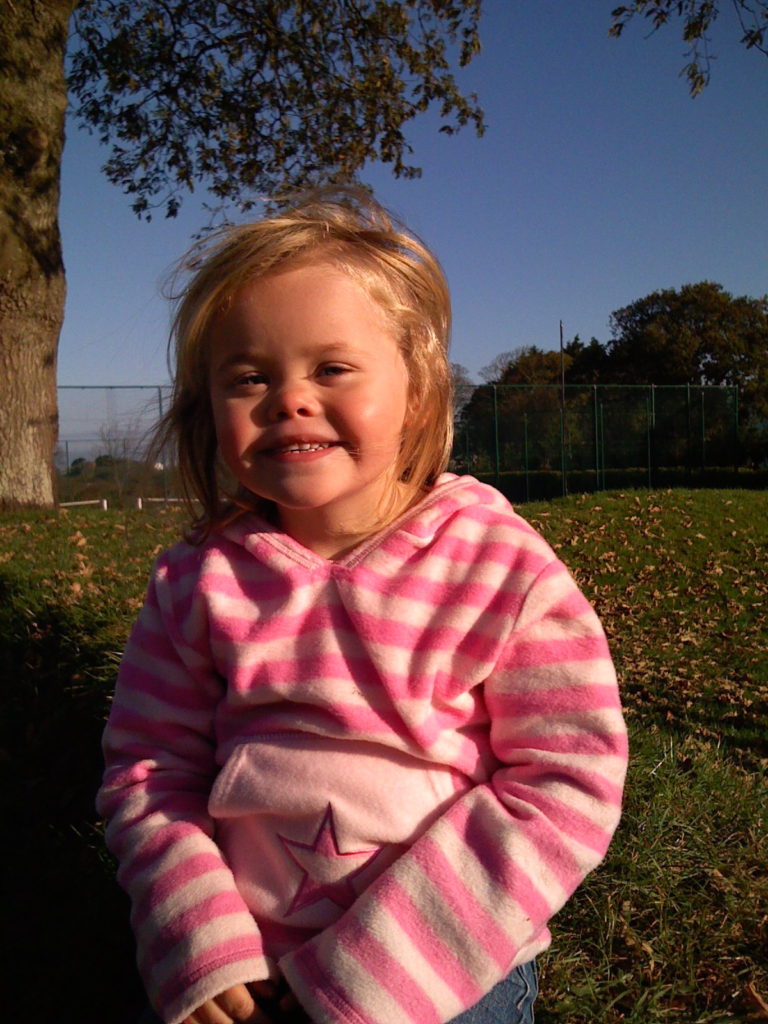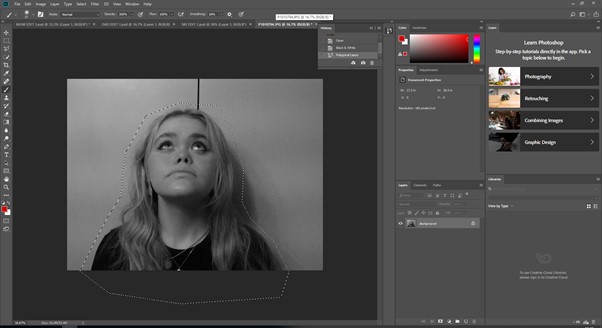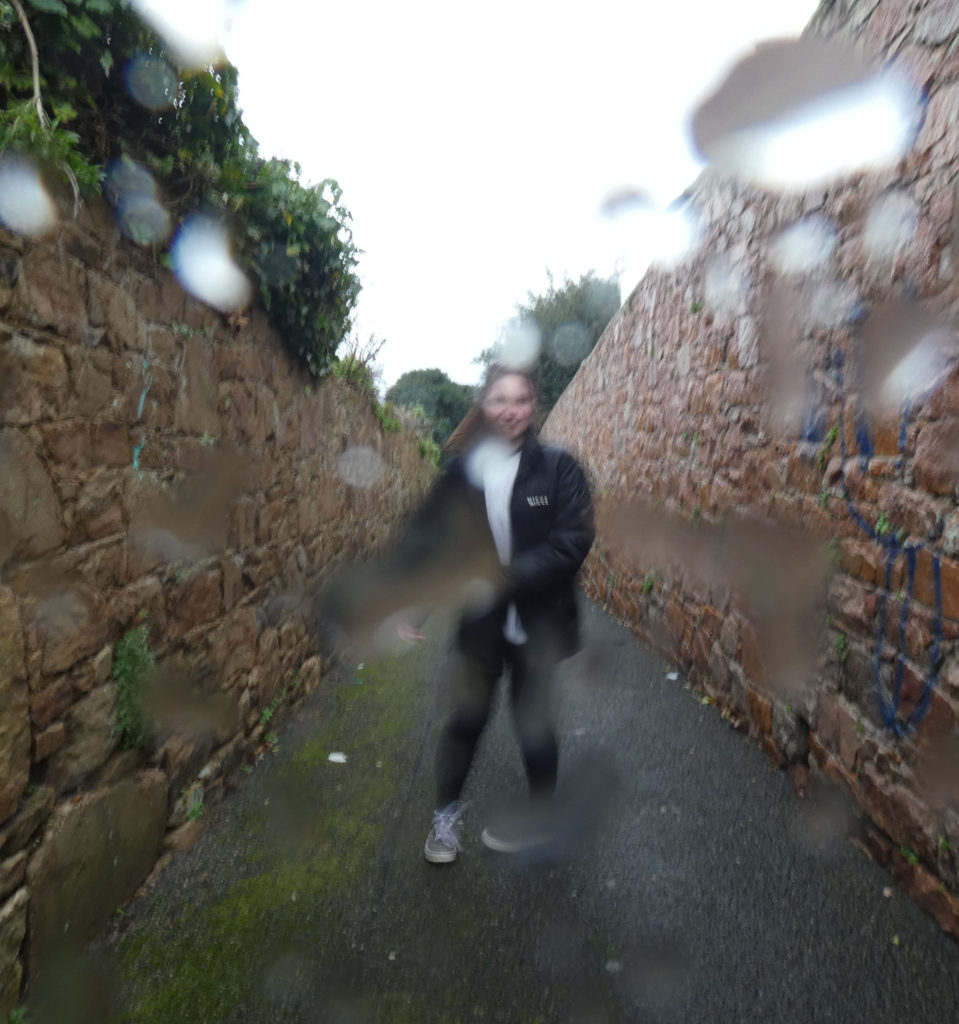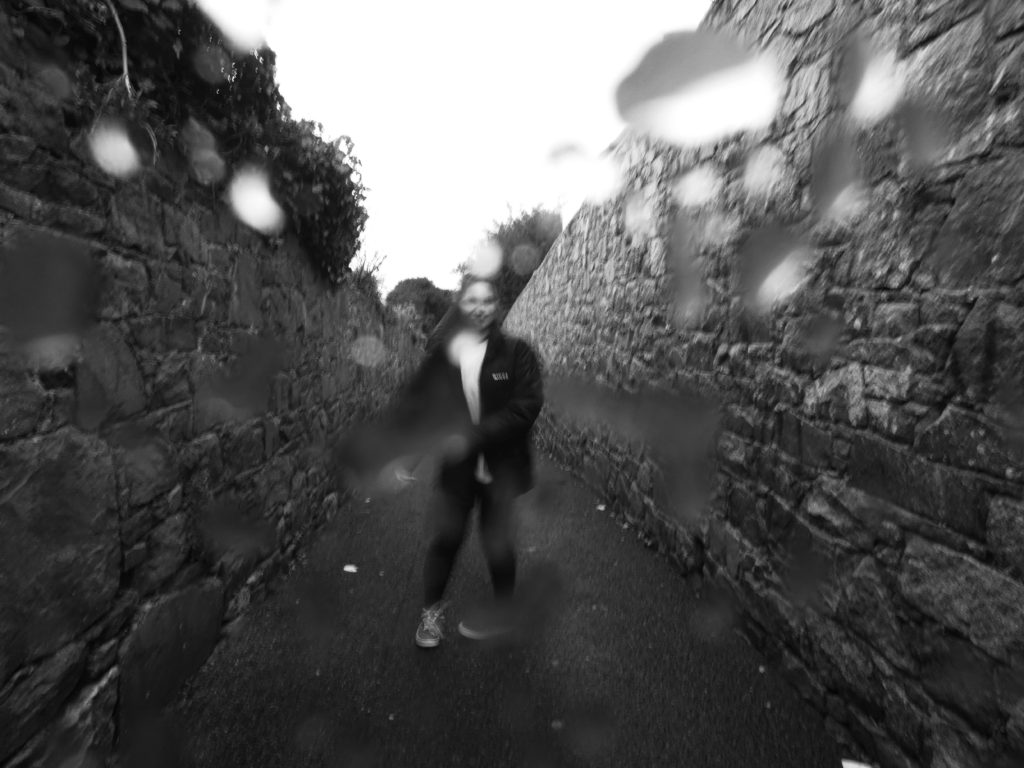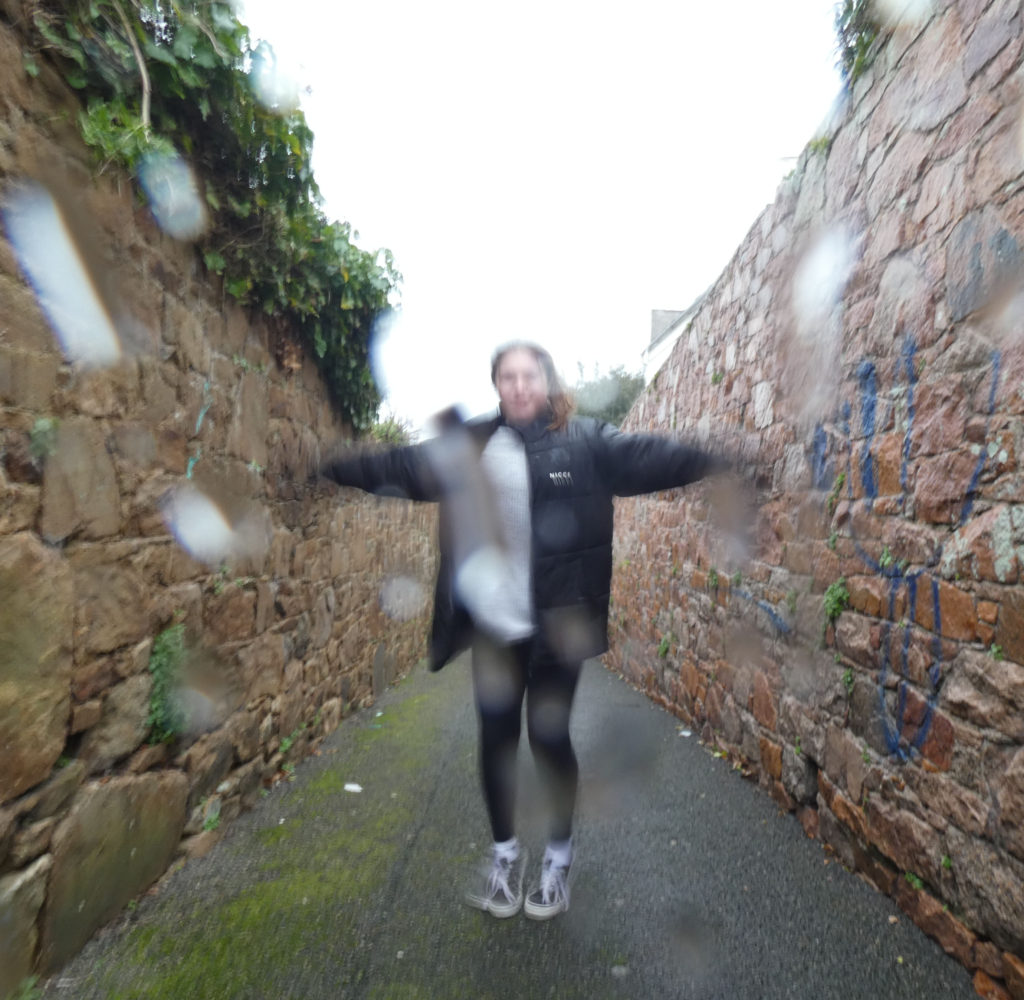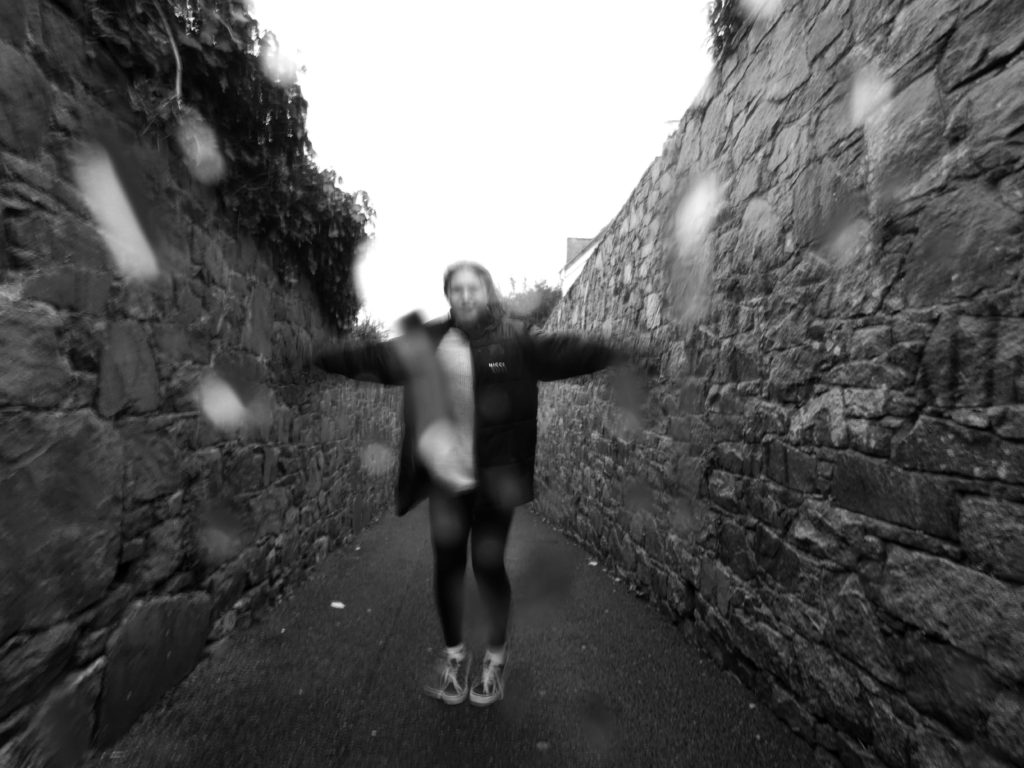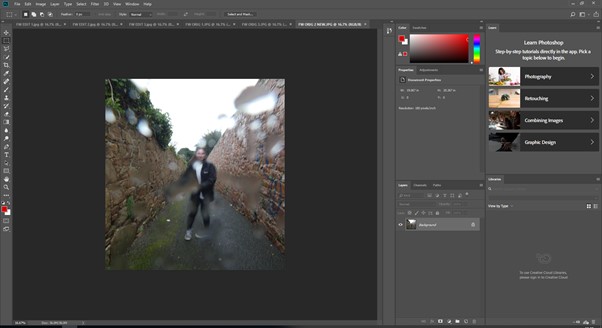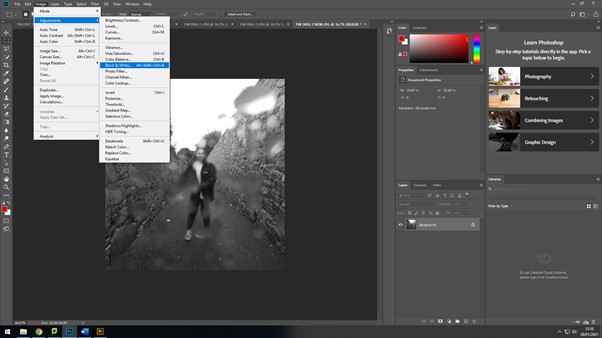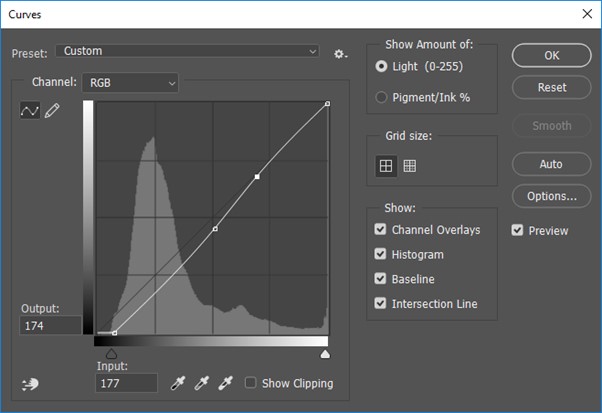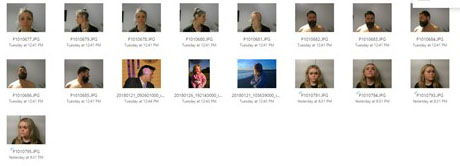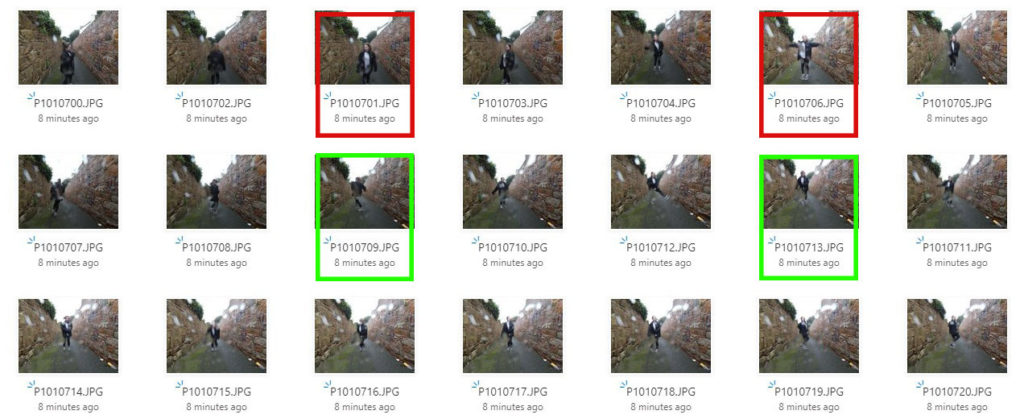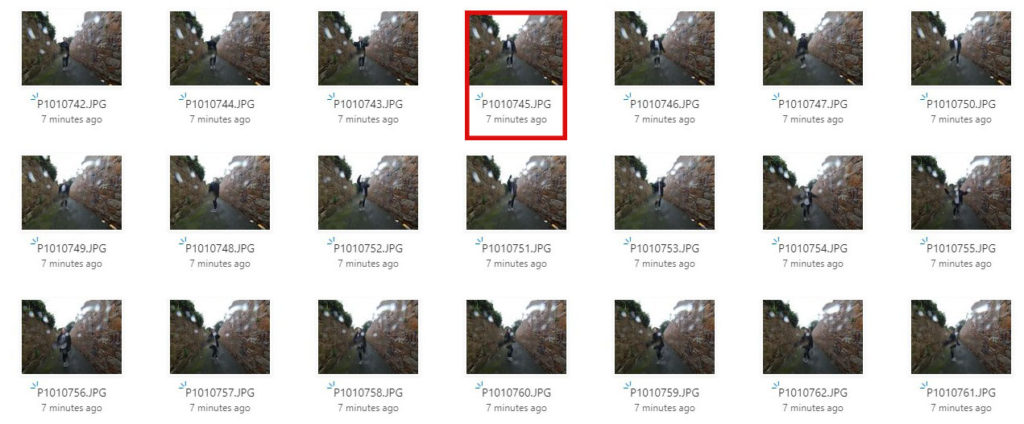Photomontage is the process of copying, pasting and layering multiple photographs onto one photograph in order to create a new image. This can be done physically, for example printing and cutting, or digitally on photoshop. This process is typically done with portrait images to create an almost warped piece of art.
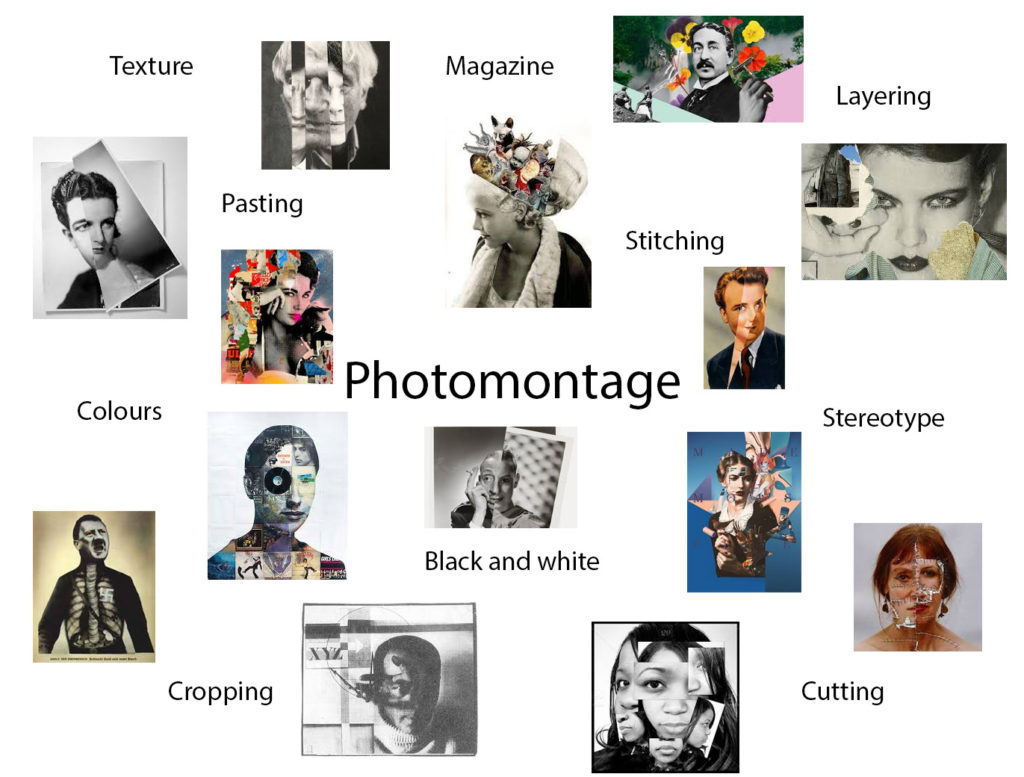
Examples of photomontage


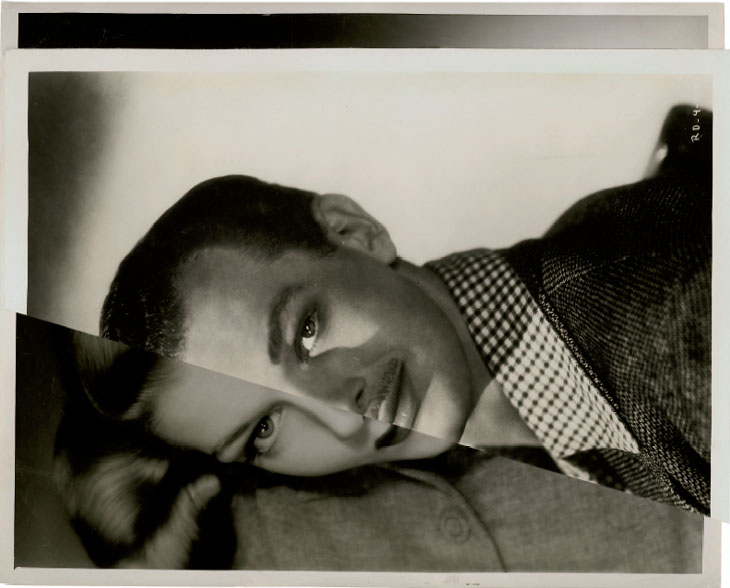
John Stezaker
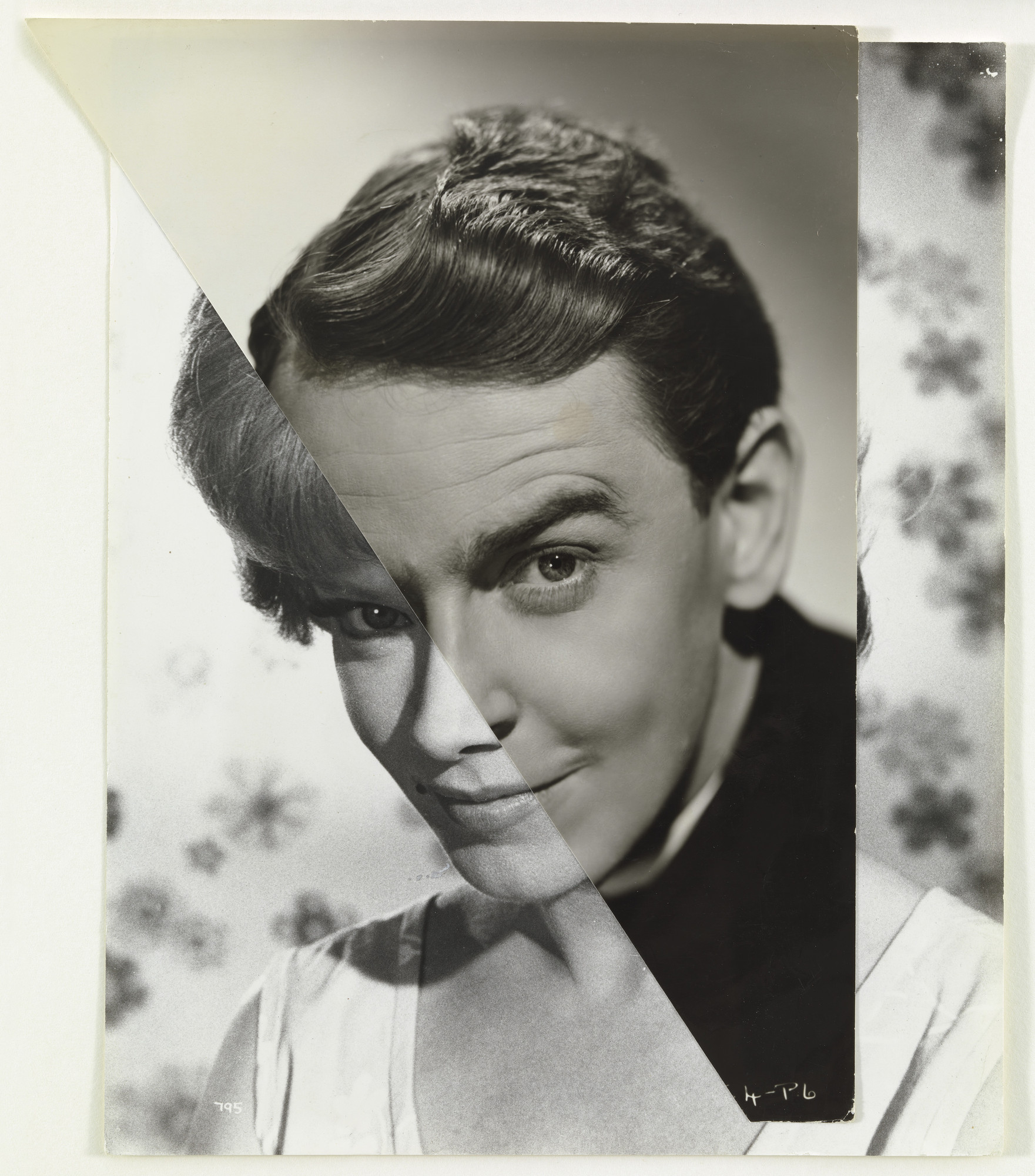
John Stezaker is a British conceptual artist born in 1949. Stezaker attended the Slade School of Art in London when he was in his early teens, and graduated with a Higher Diploma in Fine Art in 1973. He was best known for his work in photocollage, where he would take existing images from postcards, film stills, etc. in order to create juxtaposing artworks. John Stezaker was widely recognised for his photocollage series, “Marriage”, where he layered portraits of vintage movie stars to create a disjointed image for the viewer. Stezaker has had his work featured in exhibitions in The Museum of Modern Art in New York, the Tate Modern in London, the Tel Aviv Museum of Art and many more. Until 2006, Stezaker tutored in Critical and Historical Studies at the Royal College of Art in London, until he retired.
Examples of John Stezaker’s work



Analysis of John Stezaker’s work
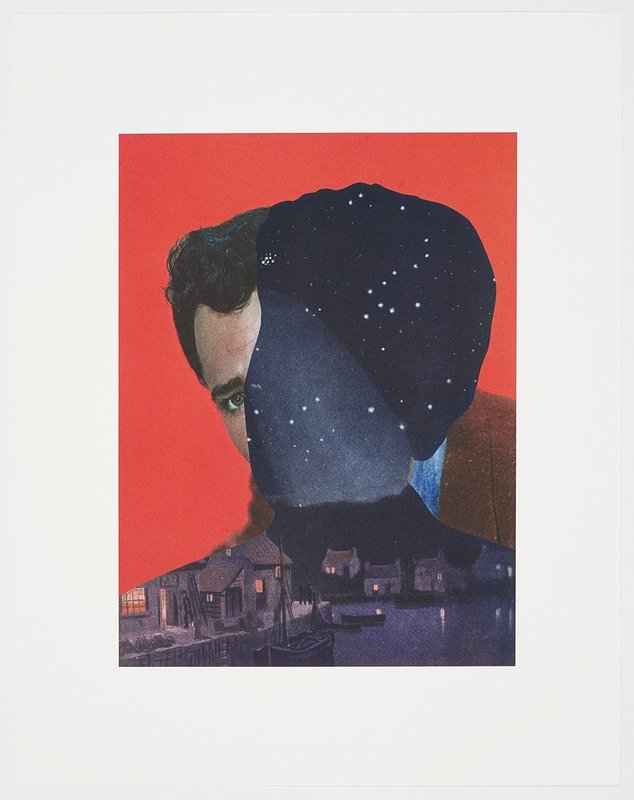
This photograph, created by John Stezaker, is titled ‘Mother Night’. This piece of work companions another labelled ‘Father Sky’, which were part of Stezaker’s ‘Dark Star’ series. In these portraits, vintage film stars were photographed against studio backdrops sometimes involving illusionistic pictorial grounds.
The lightest part of the image can be found in the highlight of the actor’s face, especially seen in the forehead and around the eyes. The darkest areas are seen in the outlined figure-shapes night landscape, however the darkness is contrasted with the tiny dots of light seen in the stars of the scene or in the lit windows. In the portrait itself, it is most likely lit using hard, artificial lighting as the portraits are taken in a studio and have harsh highlights.
The outline of the night sky create a contrast between tones and colours as the darkness juxtaposes the light. It also provides a contrast in direction, as the two figures face different angles. There is also contrasting straight-edged lines that are found in the buildings of the night scene.
There is no use of repetition in this photograph, however there is a sense of reflection within the water of the night scene, as the stars and artificially lit buildings reflect against the water in rippled motions.
The majority of the shapes in this photograph are organic and curved, however these are contrasted against the geometric, straight-edged lines that are seen in the buildings of the night scene.
There is little example of depth within this photograph, although it can still be seen. For example the shadows and highlights in the actors face prove a sense of depth, and also the houses in the night scene slowly fade into the background creates a sense of depth that is still quite shallow. The solid background behind the actor lacks depth as it is a negative space. The night sky also contains a lot of negative space in the top thirds of this scene, however this is contradicted by the stars in the sky.
There is juxtaposing textures within this image, especially in the night scene. For example, the rippling water creates a smoother texture, whereas the brick house and cobbled roads create a rougher texture.
There is a large range of tones in this image from dark to light. The lightest tones can be seen in the highlights of the face of the actor as well as both artificial and natural lighting in the night scene. The darkest tones can be seen in the dull mountains in the background of the night scene, and the sky in the night scene also. Overall, the image tends towards darkness, as the night sky section of the image takes up a large amount of empty space with the photograph it has been layered over.
There is a range of both vibrant and muted colours within this piece by John Stezaker. The saturated red of the background portrait contrasts with the more dulled tones of the skin from the portrait. These colours are then juxtaposed again by the sombre tones of the night scene positioned over the models face. The dark blues and blacks of the night scene create an eerie atmosphere when placed against the vivid red.
The composition if the image appears to be somewhat balanced as the two silhouettes in their own tones are roughly the same size but are angled in different directions. There is also a fair balance between the light and dark tones which adds another element of balance. The rule of thirds is not used in this instance as there is no geometrical shapes that can be superimposed into this image which can be said to make the understanding of the composition difficult.
John Stezaker inspired photoshoot
